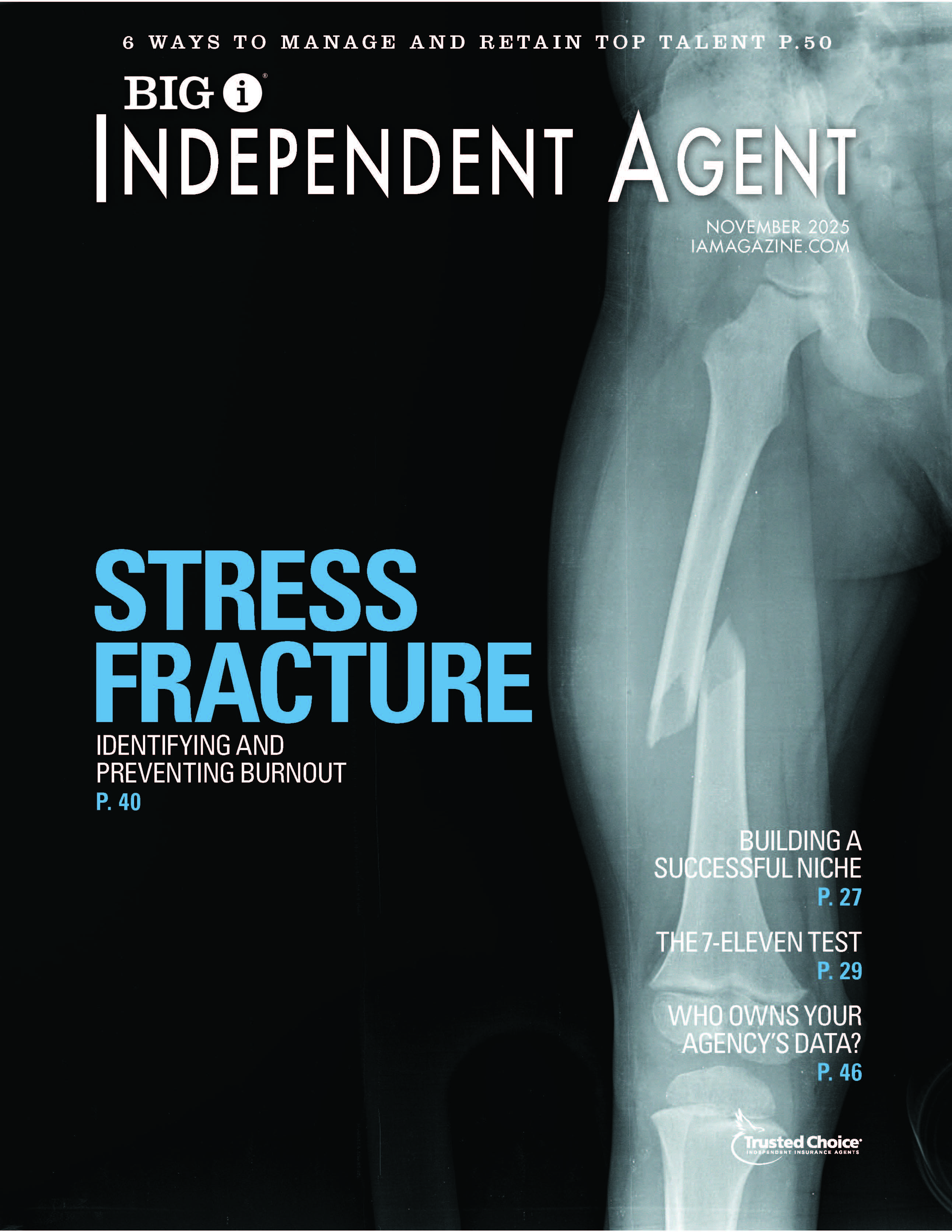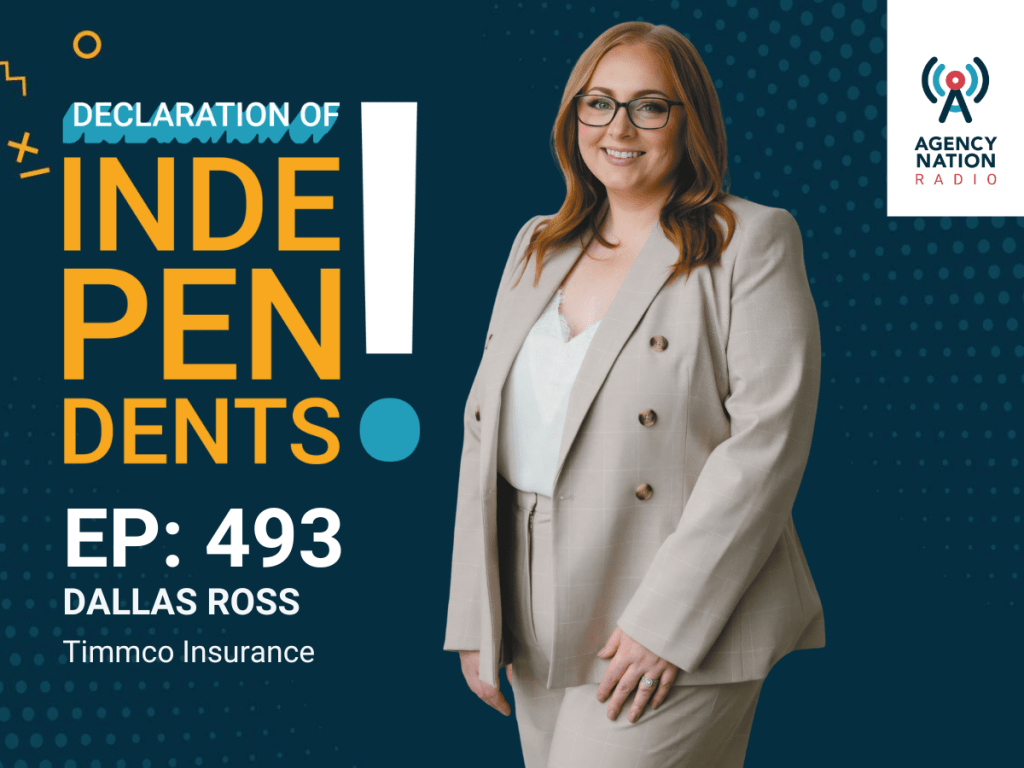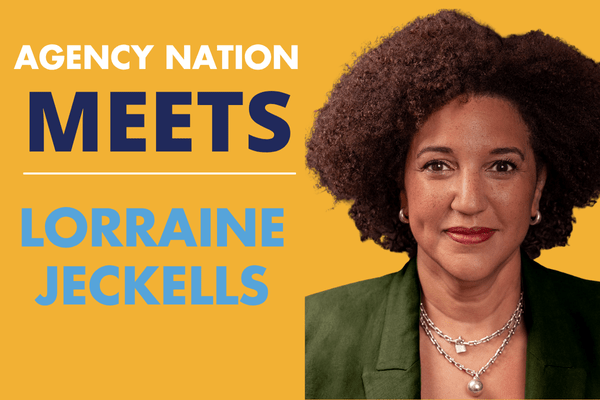Creating Effective Mission and Vision Statements
By: Peter van Aartrijk
“Mission” and “vision” statements often find their ways into agency customer marketing pieces, media releases, blogs, presentation, website copy and more. But many are poorly constructed—and many more confuse the distinct meaning and function of each.
Your mission statement should focus on the current state of your organization and what it does daily. By contrast, a vision outlines why you do it by painting a picture of the better world your brand is helping build.
Convene a customer advisory council—just like the ones in which you may participate for your carriers—to get input on crafting mission and vision statements. Make it an agenda item and hold a separate meeting with your staff to get input. You may be pleasantly surprised at the positive conversations a few simple yet powerful sentences can spark.
Note that your mission or vision isn’t the same thing as your tagline. But the tag should reflect the spirit of the statements—as well as other important brand components, such as your firm’s personality and core values. And once you have the statements in place, you can begin to articulate the core values that will support the mission and vision.
Your employees are also a great resource for brainstorming and sharing what they see are the firm’s core values. Ask folks to express authentic thoughts as you create these words and sentences—remember that what you and your staff believe, and what you actually say and do, should be exactly the same.
Mission
This sentence or two should describe the function of your agency. Specifically, you should appeal to both the left (rational, logical) and right (intuitive, emotional) sides of the customer’s brain. Your mission statement should both inform and inspire people.
For instance, your mission might mention providing expertise and products. Then you could cover the concept of making it easier for your customers. Combined, then, this mission might read: “Smith Insurance provides high-quality risk management expertise and insurance products for qualified businesses and families. We remove the confusion and hassle from the buying experience.”
Choose your words carefully. For instance, in this example, “businesses” may not be selective enough. Do you want to write all sizes and types of commercial accounts?
Vision
Your vision statement should express the better world, higher purpose or customer experience you’re helping create—what you envision will come to be if your organization is successful in carrying out your mission.
The statement can’t be self-serving or talk about something that already exists. And think beyond the financials and transactions. Of course you want to be profitable and earn money for stakeholders, but what matters most to customers? Why should they give a hoot if you say your vision is “to be the largest provider of insurance in New Hampshire?” Of course Microsoft wanted a computer in every home and on every desk—that helped Microsoft. But it also helped the company achieve its vision of “creating a smarter world.”
Think big. Make it a stretch. An agency’s vision might speak to “peace of mind” or “a safer world” for customers: “Smith Agency is helping build a world in which every consumer has a pleasant insurance service experience.”
Peter van Aartrijk is an IA contributor.
‘Start with Why’This excellent book by Simon Sinek is highly applicable to the power of the “why” word in drafting an appropriate vision statement. Customers don’t buy what you do as a business, or even how you do it, he says. They buy why you do what you do. “Very few people or companies can clearly articulate why they do what they do,” Sinek writes. “When I say why, I don’t mean to make money—that’s a result. By why I mean what is your purpose, cause or belief? Why does your company exist? Why do you get out of bed every morning? And why should anyone care?” —P.V. |










